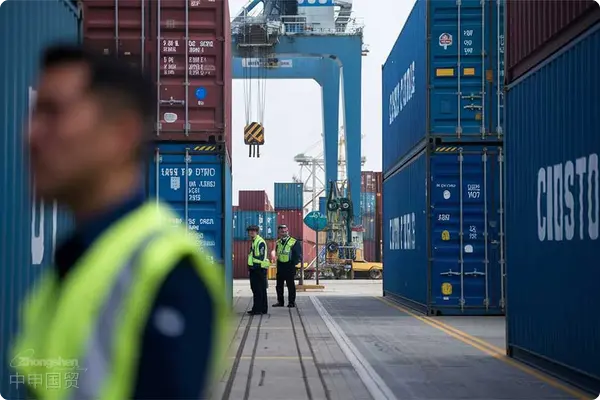- Shanghai Zhongshen International Trade Co., Ltd. - Two decades of trade agency expertise.
- Service Hotline: 139 1787 2118

Comprehensive perspective on imported communication equipment agency service pricing
In global communicationsEquipment ImportsIn 2024 with a year-on-year growth of 12.3% (data source: WTO Trade Monitoring Report), agency service fees have become a critical component of corporate cost control. Price differences among various agents can range from 30%-50%, with 6 core variables hidden behind these disparities.
Analysis of six core pricing components
Component 1: Precise tariff classification
Communication equipment involves HS codes 8537/8517 categories, where different functional modules may correspond to 3%-15% tariff differences. Professional agents classification capability directly impacts tax base calculation:
- Base station equipment: Average tariff 8.5%
- Fiber optic transmission equipment: Preferential tariff 5%
- Testing instruments: Potential zero-tariff opportunities
Component 2: Logistics solution optimization
In 2024, special equipment handling fees at major ports increased by 18%, but combined transportation can reduce costs by 12%:
- Maritime Transportation+Railway: Suitable for bulk equipment
- Air Transportation+Bonded warehousing: Emergency order solution
- Multimodal transport insurance package
Component 3: Certification document processing complexity
5G equipment imports require 3 additional types of certification documents, with processing cycles affecting capital occupation costs:
- Radio Type Approval (SRRC)
- Cybersecurity review documents
- Electromagnetic compatibility test reports
Three golden rules for selecting agency services
Rule 1: Dynamic cost calculation model
Require agents to provide quotation models including exchange rate fluctuation ranges. For 2024, its recommended to lock in:
- USD settlement: Fluctuation range controlled within ±3%
- EUR settlement: Activate hedging clauses
Rule 2: Modular Selection of Value-added Services
Differentiating basic services from value-added services can reduce redundant expenditures by 15%.
- Mandatory modules: customs declaration, tax payment agency
- Optional modules: destination inspection assistance
- Customized modules: special packaging handling
New trends in 2024 pricing strategies
Based on the latest customs AEO certification policies, prioritize:
- Agency companies with advanced certification: customs clearance efficiency improved by 40%
- Institutions providing pre-ruling services: reduced classification dispute risks
- Suppliers integrating supply chain finance: payment terms extended to 90 days
It is recommended that enterprises require agents to disclose actual customs clearance data for similar equipment in the past 6 months during the bidding stage, focusing on two key indicators: demurrage occurrence rate and classification correction records. By establishing a price comparison system containing 12 evaluation elements, a cost control target of over 20% optimization in agency fees can be achieved.
Related Recommendations
? 2025. All Rights Reserved. Shanghai ICP No. 2023007705-2  PSB Record: Shanghai No.31011502009912
PSB Record: Shanghai No.31011502009912










